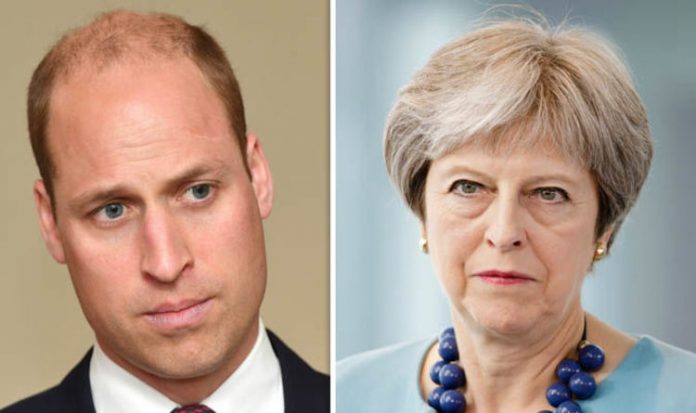[ad_1]
The service will take place in Amiens cathedral in northern French, and both Prince William and Mrs May will deliver readings at the event and lay wreaths to honour the dead.
They will be joined by Armed Forces Minister Mark Lancaster and Chief of Defence Staff General Sir Nick Carter, who is head of the Armed Forces.
Sir Nick commented on the significance of the Battle of Amiens, stating: “The Battle of Amiens marked the beginning of the end of the First World War.
“It was a remarkable achievement over the course of the war to expand the military, moulding a new citizen-based force into a very accomplished fighting force, against a backdrop of rapid technological change.”
The commemoration will recount the history of the battle which heralded the start of a period known as the Hundred Days offensive.
This was the final period of the First World War, during which the Allies launched a number of attacks on the German forces on the Western Front, eventually forcing them to surrender.
The offensive largely pushed the German army out of France, and forced them to retreat beyond the Hindenburg Line, eventually leading the Armistice on November 11 1918.
The Battle of Amiens started on 8 August 1918, and over 500 tanks were employed from the UK’s Tank Corps, along with over 1,900 British and French aeroplanes, and 2,000 guns from the Royal Artillery.
General Sir Henry Rawlinson, commander of the Fourth Army, played a pivotal role in the operation, by combining air and land forces.
Due to depleted numbers of British soldiers, 11 Allied divisions of Australian, Canadian, British and French forces were brought together to launch the attack, involving over 75,000 men.
This was more than double the size of the German forces, which consisted of only 37,000 men.
By the end of the first day, Allied troops had advanced eight miles, caused 27,000 German casualties, and taken 17,000 prisoners.
They created a gap 15 miles wide in the German line south of the Somme, and damaged German morale.
The advance continued for a further three days, before the German started to retreat back towards the Hindenburg Line on August 10.
Dr Jonathan Boff commented on the significance of the operation to Sky News, stating: “It was the first time tanks were used in this way.
“They now had a sort of mobile fire power support and it was helpful to the infantry.
“Until they used tanks, the only way of cutting barbwire was to shell it and that told the enemy where you were coming from. But now you didn’t have to do that.
“It brought a lot of surprise back to the battlefield and they played a part in ending the First World War.”
Prince William and Mrs May will also meet with descendants of soldiers who fought in the battle.
[ad_2]







